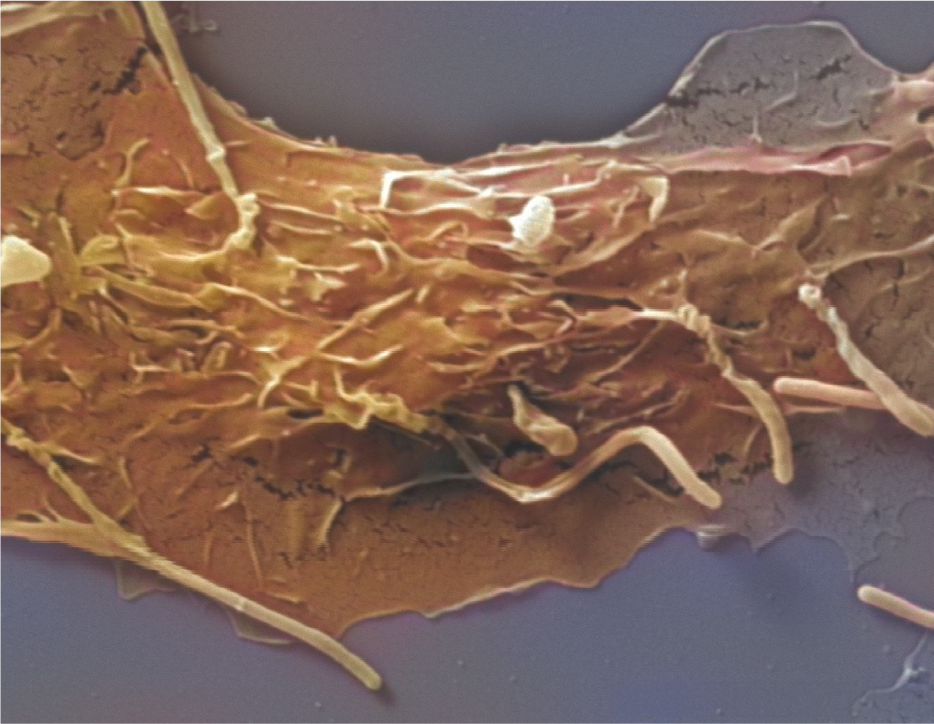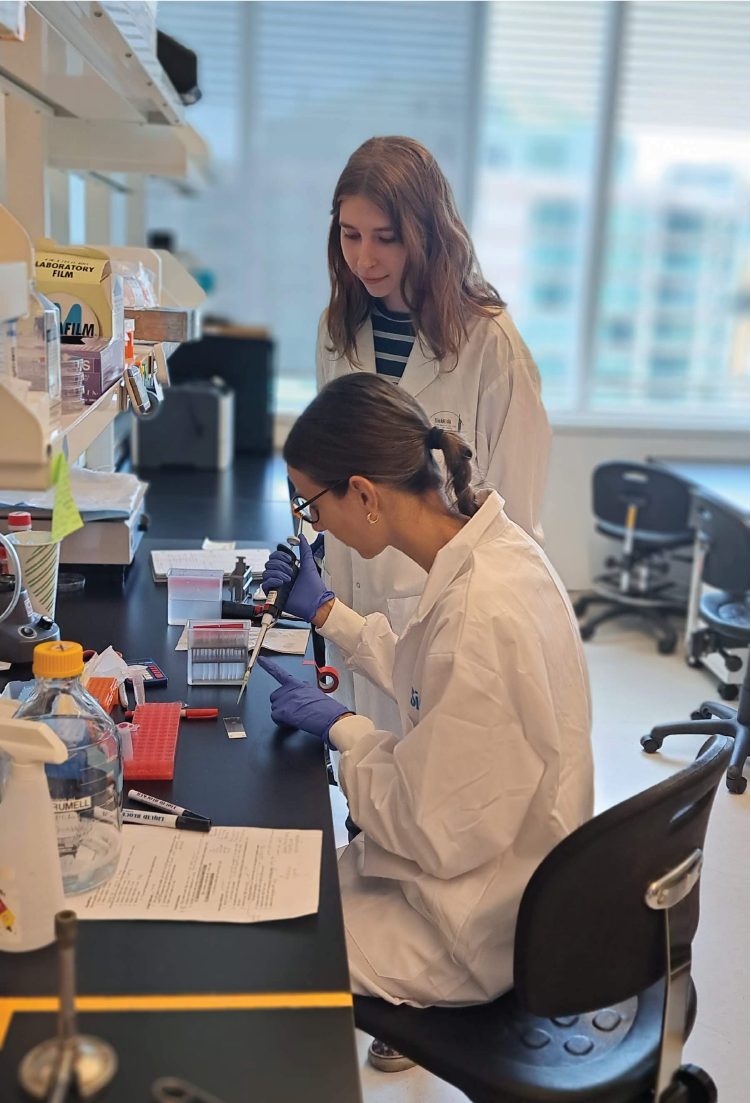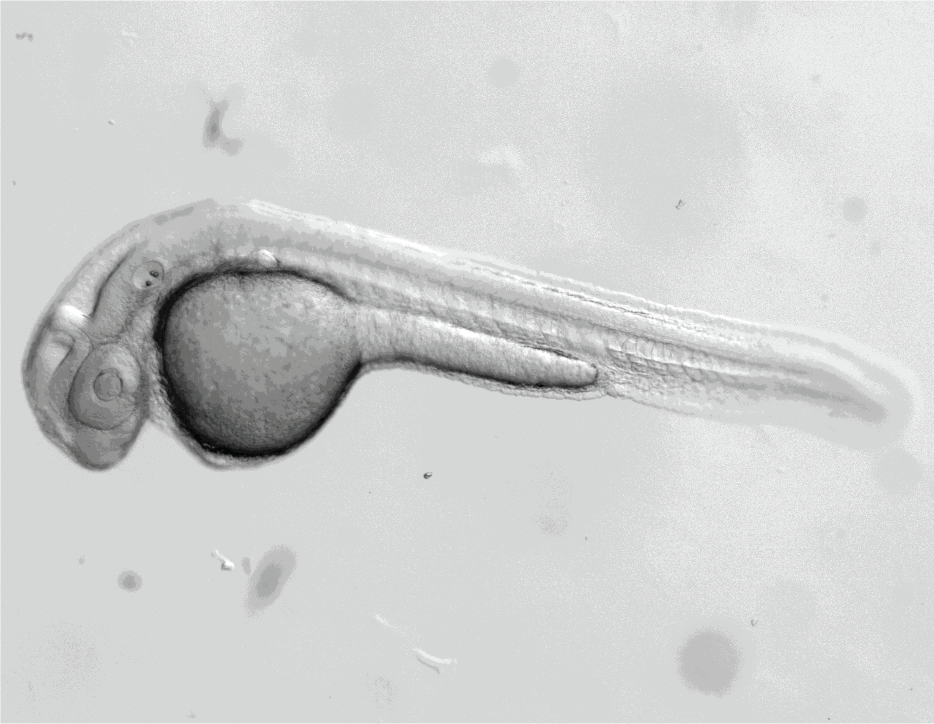Research questions
The Brumell Lab studies host-pathogen interactions from both the host and pathogen’s perspectives. We are interested in understanding how the pathogen modifies the host in order to avoid the host’s immune system and to establish a niche in which to survive, and in some cases, thrive. Conversely, we also investigate how the host’s innate immune system responds to these pathogens.
As pathogens need to manipulate the host, they tend to illuminate novel aspects of human cell biology. This has also opened up unique research directions in the lab including investigations into autophagy, membrane damage and repair, and the characterization of new proteins not directly related to the host-pathogen interface.


Research methods
The unique interface of pathogens and human cell biology requires the diverse use of biological techniques. This ranges from molecular and microbiology to advanced fluorescence and electron microscopies.
Our core set of techniques includes:
We use advanced microscopies such as Airyscan and volume electron microscopy (FIB-SEM). We are also fortunate to collaborate with leading proteomics experts that provide access to advanced mass-spectrometry based techniques, such as proximity labeling (BioID).
Model organisms
Historically, our lab has focused on Salmonella Typhimurium and Listeria monocytogenes, two common food-borne pathogens. However, we have recently begun to expand our investigations to parasites, such as Leishmania and Trypanosoma cruzi.
Our initial studies of these pathogens frequently begin in immortalized cell cultures. However, to provide more in vivo context, we utilize model organisms, such as mice or zebrafish, to gain a more systemic view of the infection process.



